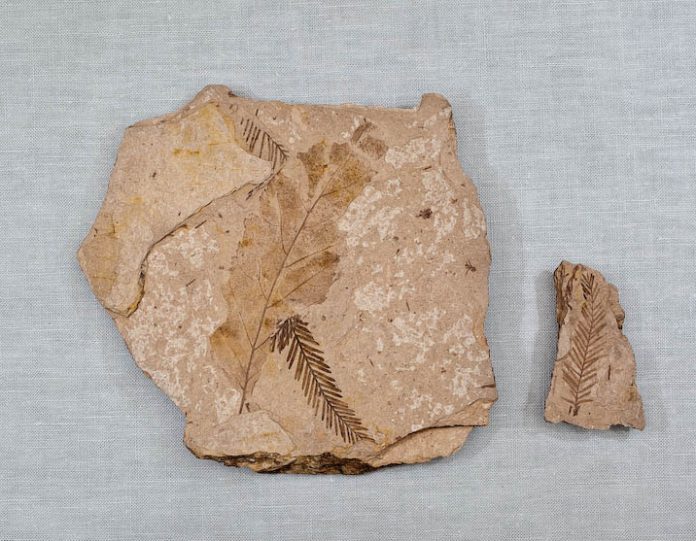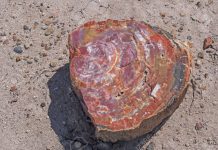The conifer Metasequoia, which lived in Oregon as late as 5 million years ago, was declared the state’s fossil in 2005.
In the middle 19th century the United States Congress authorized an exploring and surveying expedition to the Pacific Ocean that ended up running from 1838 to 1842. In his scientific description of the expedition, Geologist James Dwight Dana figured a fossil plant that had been collected in or near the area encompassed by modern-day Washington state.
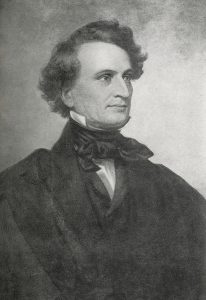
Years later, in 1863, geologist John Strong Newberry compared this picture to fossils collected along the Washington coast by geologist George Gibbs as part of the U.S. Northwest Boundary Commission. He concluded the specimens all belonged to a previously unknown species of cypress-like conifer that he named Taxodium occidentale.
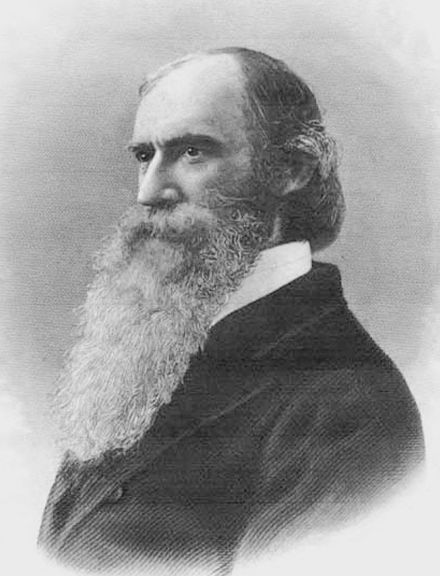
As the years passed, other collectors found countless samples of this taxon, from Alaska, Canada and the northern United States. Abundant fossil were recovered in Oregon in deposits as young as 5 million years old.
Metasequoia: A Living Fossil
In 1941, Japanese paleobotanist Shigeru Miki was studying samples of Taxodium and the related redwood Sequoia when he realized that many of the specimens had enough unique characteristics to qualify as a new genus, which he named Metasequoia. Many of the fossils previously described as Taxodium and Sequoia were thus attributed to this new genus.
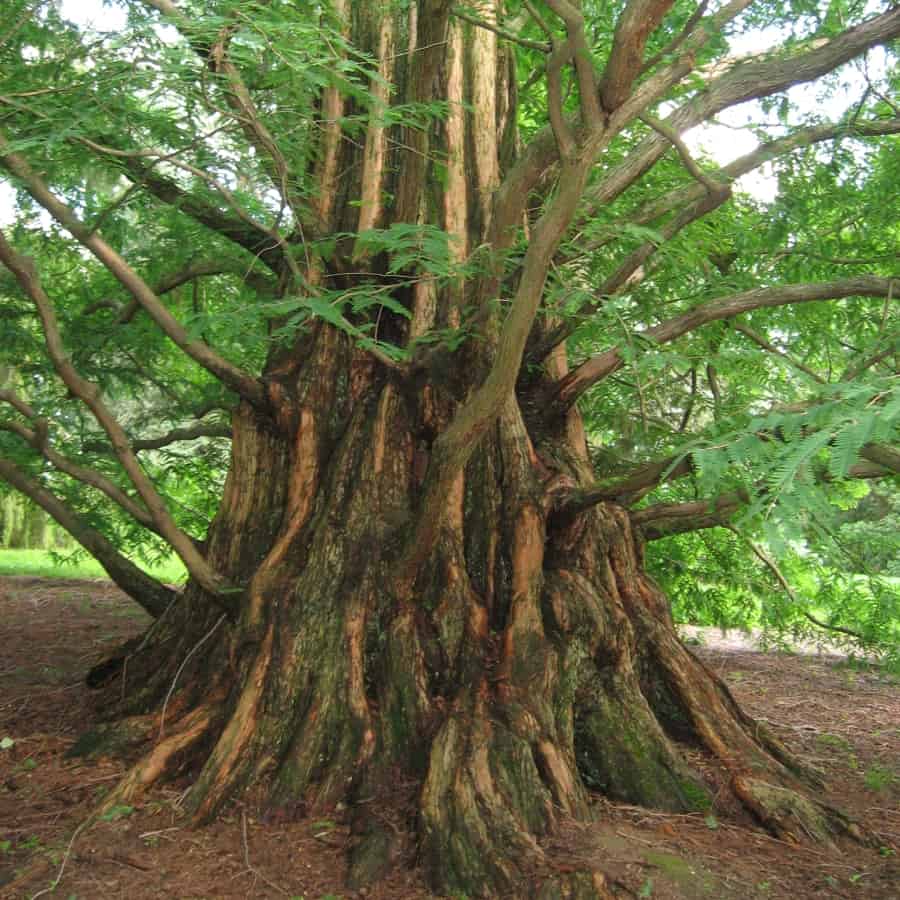
A couple years later, Zhan Wang of the National Bureau of Forest Research in China was leading an expedition to collect modern plants in south-central China when he learned of an unusual large tree growing in Modaoxi. Wang and his crew changed their travel plans and went to Modaoxi to see the tree, arriving July 20, 1943.
Wang collected several branches and hoped to also gather cones, but these were too high in the tree. Not satisfied to leave without the cones, his crew went to the roof of a building underneath the tree and collected many cones that had dropped there from the tree.
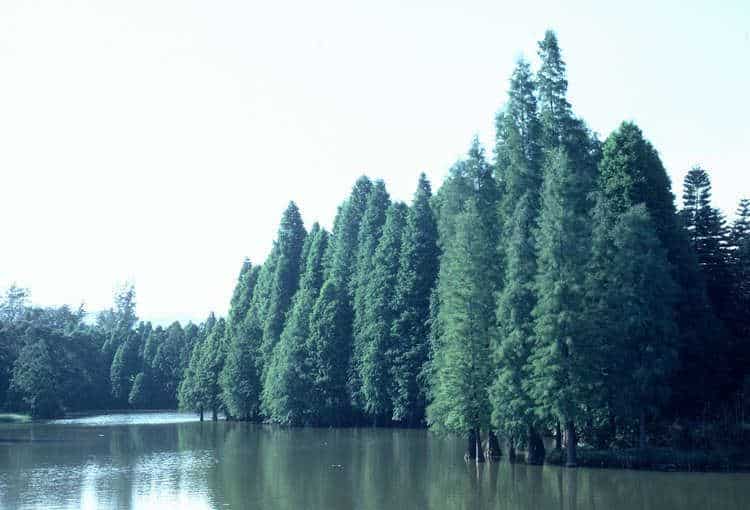
Wang provisionally identified the tree as a known species of Glyptostrobus; three years later he shared the specimens with Wan-Chun Cheng of the National Central University in Nanking for further study. Cheng studied the material and attributed them to a different taxon, which he named Chieniodendron sinense. However, he was uncertain of this designation so sent the material to Hu Hseng Hu of Fan Memorial Institute in Peking, who introduced yet another name, Pingia grandis.
Finally, Hu compared the material to fossil Metasequoia specimens and realized they were the same.
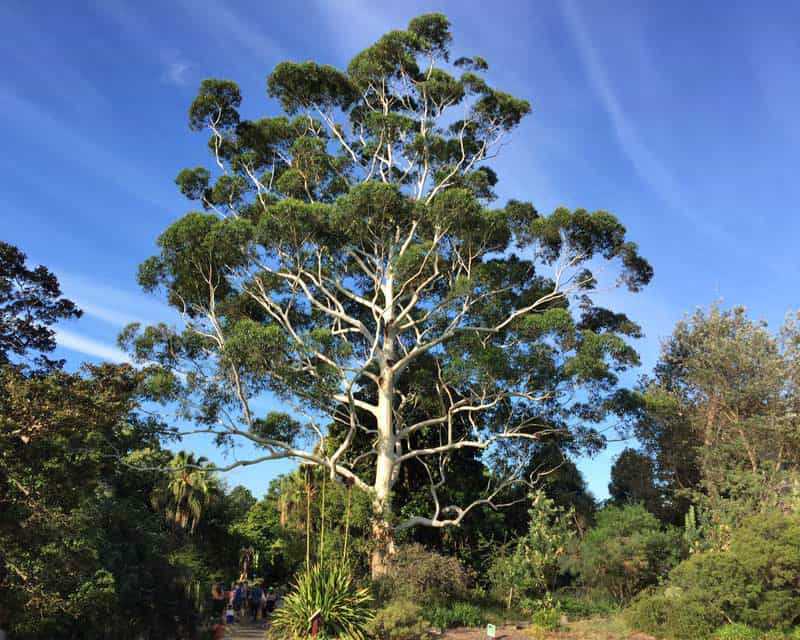
In 1948, Hu and Cheng described the material as a new extant species, Metasequoia glyptostroboides. This discovery of a living fossil – a species from the fossil record that still lives, essentially unchanged – made worldwide headlines. In a short time, seeds were collected from the tree in Modaoxi and planted elsewhere, and today the “Dawn Redwood” is a popular ornamental tree.
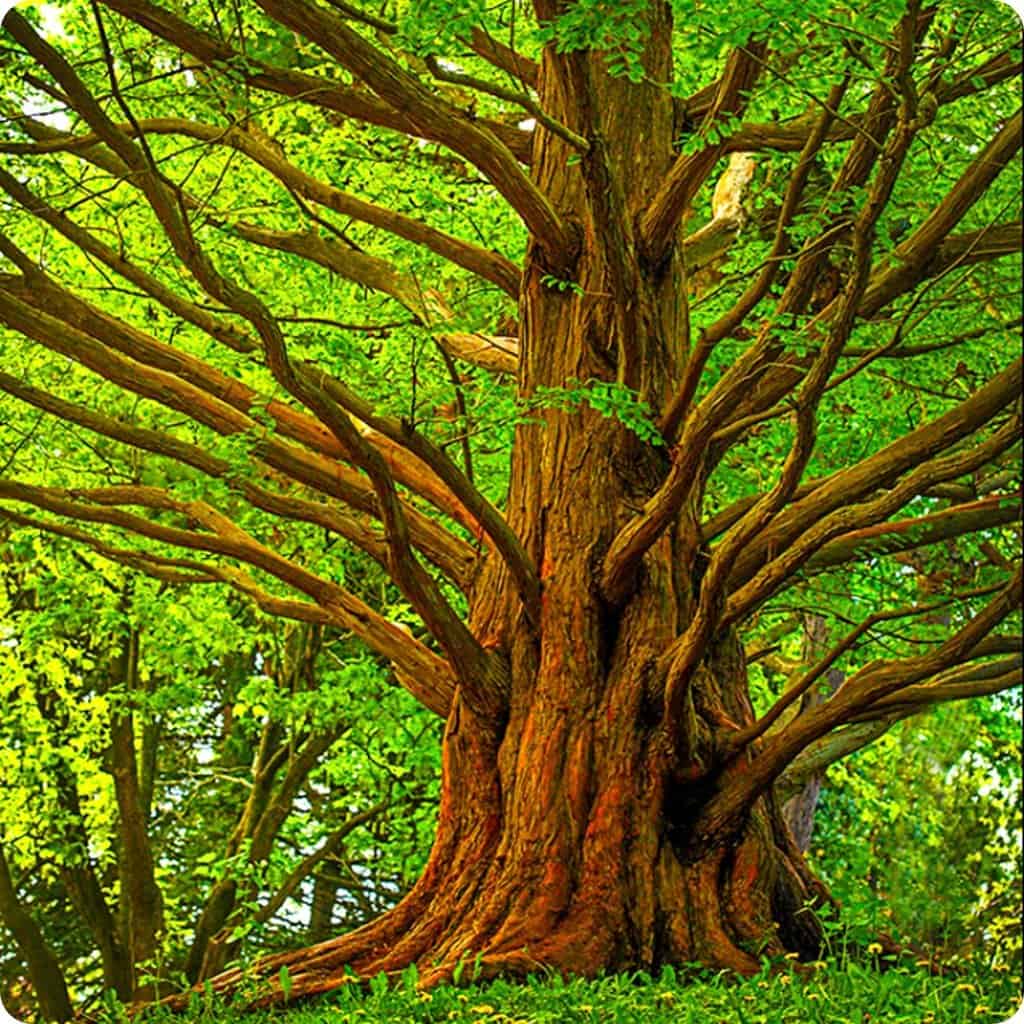
In 1951, based on the discoveries by Miki and Hu & Cheng, Ralph Chaney of the University of California reevaluated species previously attributed to Sequoia and Taxodium. One of his conclusions was that Newberry’s Taxodium occidentale belonged to the new genus Metasequoia, with the proper name now Metasequoia occidentalis.
Metasequoia Designated as Oregon’s State Fossil
By the turn of the 20th century, most western states had declared an official state fossil as one of their symbols. Oregon, however, did not.
Several Oregonians were not happy about this and, led by amateur paleontologist Guy DiTorrice of Newport, decided to do something about it and so began a campaign to name Metasequoia as Oregon’s state fossil, ideal because of the state’s longstanding timber heritage.
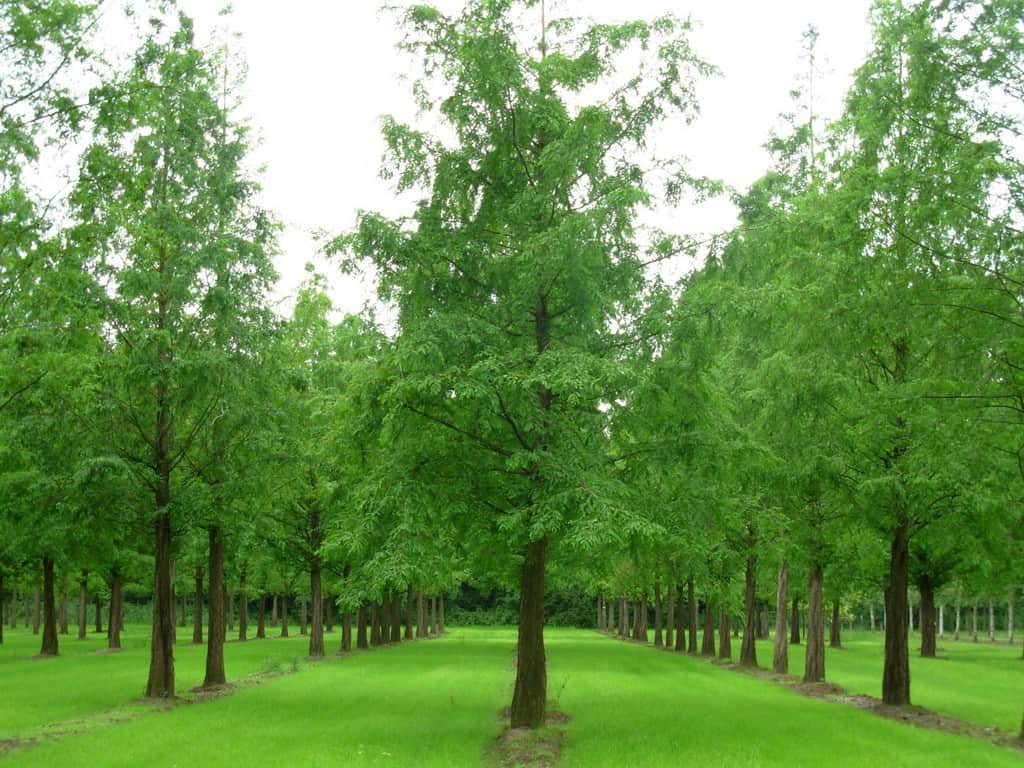
State Representative Alan Brown got involved and introduced legislation, and on May 4, 2005 the Oregon legislature approved of House Joint Resolution 3 with a vote of 25-3, recognizing Metasequoia as the state fossil.


